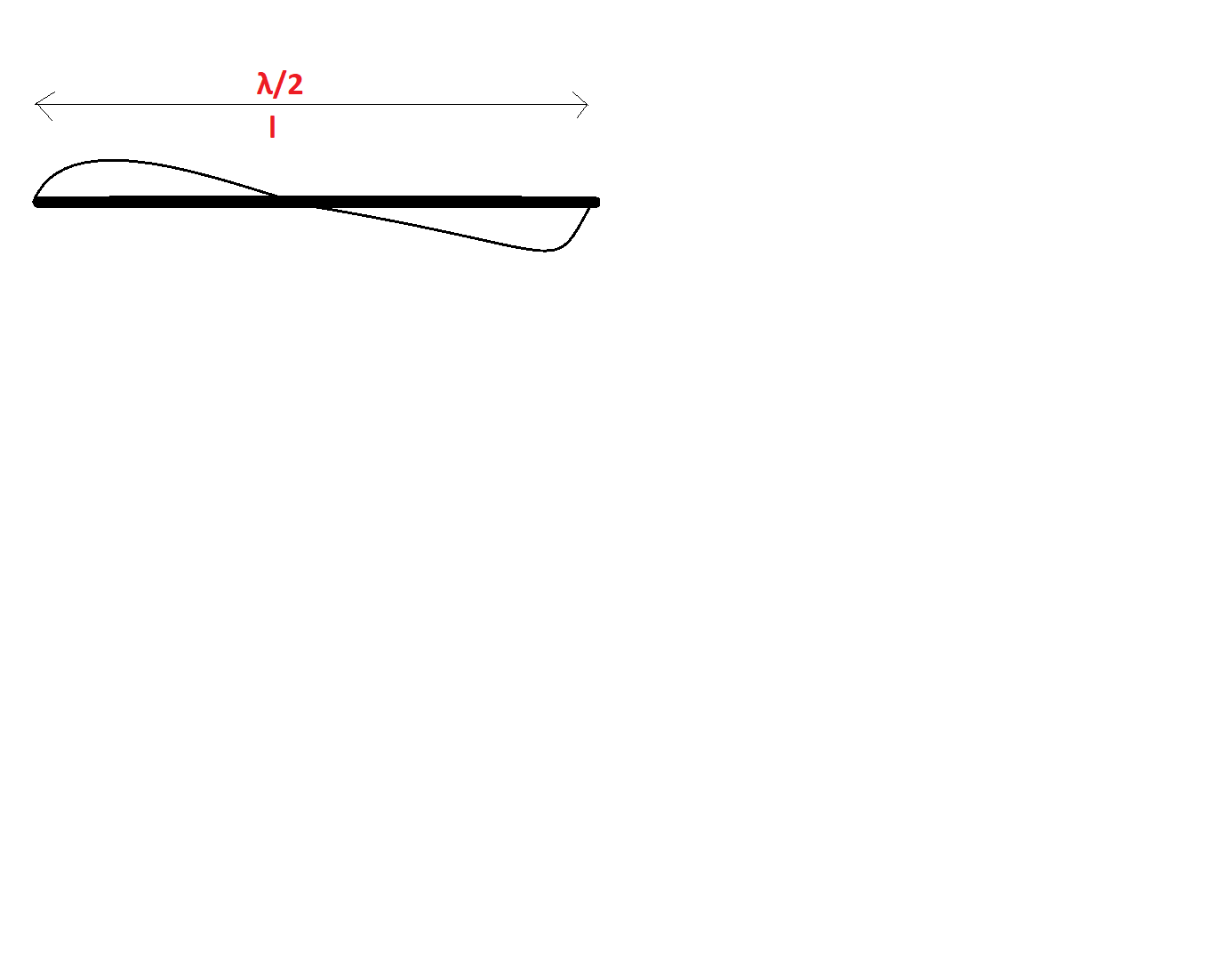Question
Question: 5 beats/ second are heard when a tuning fork is sounded with a sonometer wire under tension, when th...
5 beats/ second are heard when a tuning fork is sounded with a sonometer wire under tension, when the length of the sonometer wire is either 0.95m or 1m. The frequency of the fork will be:
A. 195Hz
B. 251 Hz
C. 150Hz
D. 300Hz
Solution
By assuming the length of the wire, we will be able to figure out its wavelength. Once it is known, we can determine the frequency of the sonometer wire. By substituting this wavelength value in velocity, frequency and wavelength equation, we can find the frequency of the wire for its two different lengths. Finally, using the beat equation for both the frequencies, the frequency of the tuning fork is found out.
Formula used:
Velocity, frequency and wavelength relation: λ=fv
Where f is the frequency of the wire and is expressed in Hertz (Hz), v is the velocity of the vibrating wire and is expressed in meter per second (m/s) and λ is the wavelength of the wire and is expressed in meter (m).
Beat equation: ∣f−F∣
Where F is the frequency of the tuning fork and is expressed in Hertz (Hz).
Complete step by step answer:
The constitution of a wavelength is one crest and one trough.

But in our wire, the wave is incomplete. That is, over a length of, suppose l, the wavelength is λ/2.

Therefore, λ=2l.
Using this in velocity, frequency and wavelength relation we get,
λ=fv ⇒f=λv=2lv ⇒f=2lv
We are given two values of length of the wire. Let's call itl1=0.95m and l2=1m.
Substituting these values of lengths we will find two values of frequency f1,f2.
Therefore,
f1=2l1v=2×0.95v ⇒f1=1.9v
and,
f2=2l2v=2×1v ⇒f2=2v
Now to find the frequency of the tuning fork we will use the beat equation ∣f−F∣. We know the beat number as well.
For f1,f2 value we will establish two different equations.
Therefore,
5=∣f1−F∣ 5=∣f2−F∣
Substituting the frequency values we get,
5=∣f1−F∣⇒5=1.9v−F 5=∣f2−F∣⇒5=2v−F
When we solve these two simultaneously we get,
F=195Hz
So, the correct answer is “Option A”.
Note:
The frequency of the fork should not be confused with the frequency of the fork. Only bet formula includes frequency of fork. Whereas, velocity, wavelength, frequency relation uses frequency of the wire.
